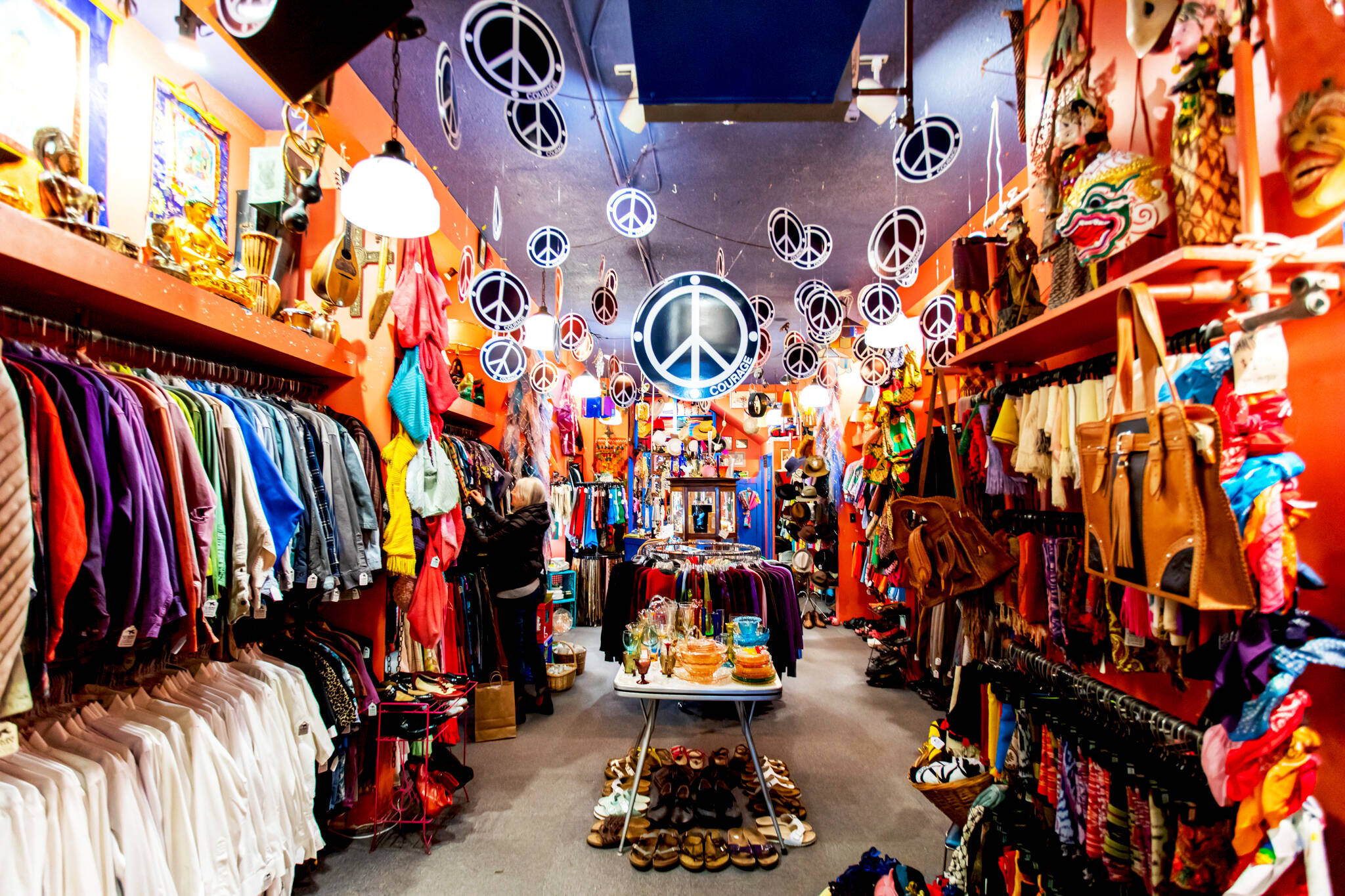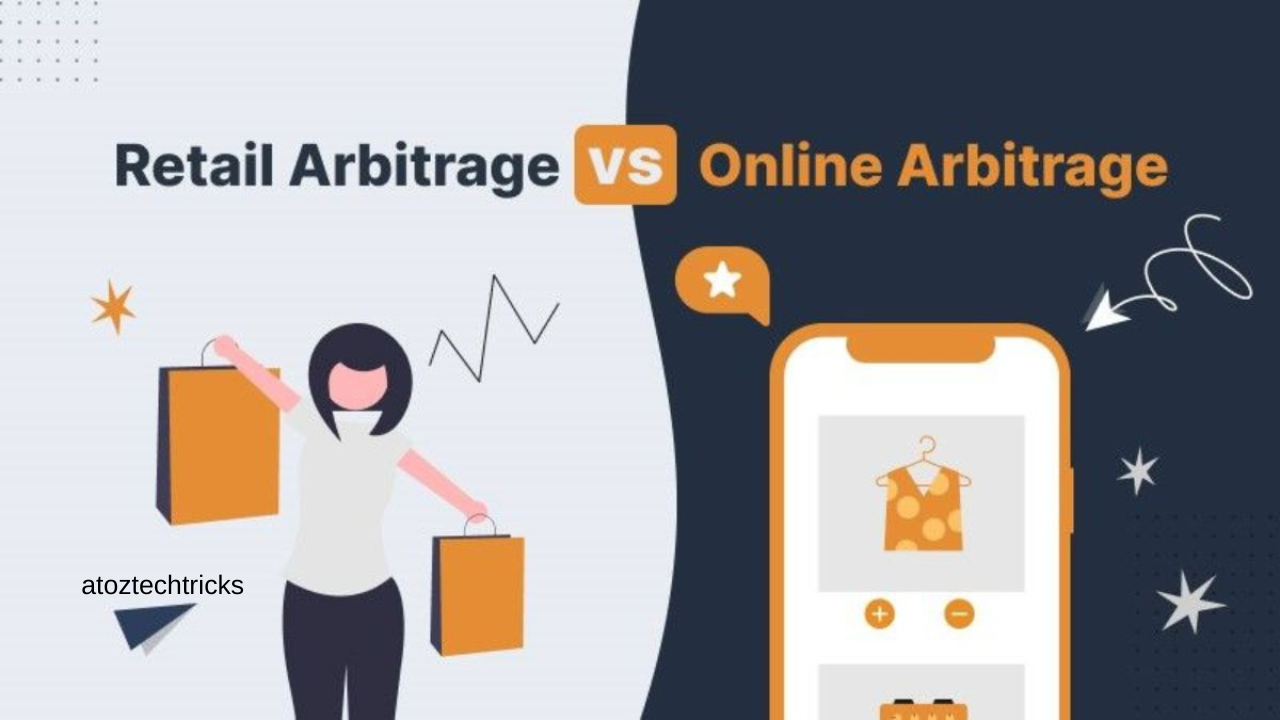Vintage and Thrift Store Shopping: A Comprehensive Guide to Style, Savings, and Sustainability
In recent years, vintage and thrift store shopping has evolved from a niche hobby to a mainstream fashion statement. This resurgence is driven by a growing awareness of sustainability, a desire for unique and nostalgic items, and the appeal of budget-friendly finds. Whether you’re a seasoned thrifter or new to the world of vintage shopping, this guide will help you navigate the ins and outs of vintage and thrift store shopping, offering tips on where to find the best deals, how to identify valuable items, and the broader benefits of embracing this eco-friendly lifestyle.
1. The Appeal of Vintage and Thrift Stores
1.1. Uncovering Unique Finds
One of the primary attractions of vintage and thrift store shopping is the potential to find unique and one-of-a-kind items. Unlike mainstream retail stores, which often carry mass-produced clothing and home goods, vintage and thrift stores offer a diverse array of items that reflect past decades’ styles and trends. From retro dresses and classic denim jackets to mid-century modern furniture and quirky home decor, these stores provide a treasure trove of distinctive pieces that can set your wardrobe or home apart from the crowd.
1.2. Embracing Nostalgia
Vintage shopping taps into a sense of nostalgia, allowing shoppers to reconnect with bygone eras through fashion, design, and memorabilia. For many, wearing vintage clothing or decorating with retro furnishings brings a sense of connection to the past and evokes memories of different times and places. This emotional connection can make vintage and thrift store shopping not just a practical choice but a deeply personal and enjoyable experience.
1.3. Budget-Friendly Shopping
Thrift stores and vintage shops are often significantly more affordable than purchasing new items from high-end retailers. Whether you’re a student on a budget or simply looking to save money, shopping at these stores can help you build a stylish wardrobe or furnish your home without breaking the bank. Additionally, many thrift stores offer frequent sales and discounts, making it even easier to find bargains.
1.4. Supporting Sustainability
In an era of increasing environmental awareness, vintage and thrift store shopping aligns with a commitment to sustainability. By choosing secondhand items, you’re contributing to the reduction of waste and the conservation of resources. Vintage and thrift stores help keep clothing and goods out of landfills and reduce the demand for new products, which often require significant environmental resources to produce.
Exploring the World of Specialty Stores: A Guide to Unique Products
2. Types of Vintage and Thrift Stores
2.1. Thrift Stores
Thrift stores, also known as charity shops, are typically run by non-profit organizations. They collect donated items and sell them at low prices, with the proceeds going towards various charitable causes. Major chains like Goodwill and Salvation Army have numerous locations nationwide and offer a wide range of products, including clothing, furniture, and household items. Shopping at thrift stores not only provides budget-friendly options but also supports important social and community services.
2.2. Vintage Shops
Vintage shops specialize in curating and selling items from specific historical periods. Unlike thrift stores, which sell donated items, vintage shops often source their inventory from auctions, estate sales, and private collectors. These stores may focus on specific eras, such as the 1950s or 1970s, and offer a more curated selection of high-quality, collectable items. Shopping at vintage stores can provide a more focused experience, especially if you’re looking for particular styles or designs from a specific period.
2.3. Antique Stores
Antique stores focus on items that are at least 100 years old. These stores often feature high-end furniture, collectables, and artwork. While the prices at antique stores can be higher than those at thrift or vintage shops, the items often hold significant historical and collectable value. Antique stores are ideal for those seeking rare and valuable pieces with historical significance.
2.4. Flea Markets
Flea markets are another popular venue for vintage and secondhand shopping. These markets bring together various vendors selling a wide range of items, from vintage clothing and antiques to handmade crafts and collectables. Flea markets often offer a fun and eclectic shopping experience, with the opportunity to haggle and discover unique finds from multiple sellers in one location.

3. Tips for Successful Vintage and Thrift Store Shopping
3.1. Know What You’re Looking For
Before heading to a thrift or vintage store, it’s helpful to have a clear idea of what you’re looking for. Whether you’re searching for a specific type of clothing, furniture, or home decor, having a goal can help you stay focused and make your shopping experience more efficient. However, it’s also important to keep an open mind, as you may come across unexpected treasures that weren’t on your original list.
3.2. Check for Quality and Condition
When shopping for vintage or thrift items, it’s essential to inspect the quality and condition of each piece. Look for signs of wear and tear, such as stains, holes, or broken parts. While some imperfections can be easily repaired, others may affect the item’s usability or value. For clothing, check for proper stitching, fabric integrity, and any signs of damage. For furniture and home decor, ensure that items are functional and in good working condition.
Charm of Secondhand Bookstores: A Deep Dive into Their Appeal and Significance
3.3. Understand Pricing and Value
Pricing at thrift and vintage stores can vary widely based on the item’s rarity, condition, and demand. It’s helpful to have a basic understanding of what similar items sell for in the marketplace. This knowledge can help you identify bargains and avoid overpaying for items. Researching online or visiting multiple stores can provide a better sense of typical pricing for the types of items you’re interested in.
3.4. Be Patient and Persistent
Finding the perfect vintage or thrift store item often requires patience and persistence. Not every visit will yield a great find, so it’s important to visit stores regularly and keep an eye out for new inventory. Building a relationship with store owners or staff can also be beneficial, as they may inform you of upcoming sales or new arrivals that match your interests.
3.5. Embrace the Hunt
Part of the appeal of vintage and thrift store shopping is the thrill of the hunt. Exploring racks of clothing, shelves of home goods, and tables of collectables can be an exciting and rewarding experience. Embrace the process and enjoy the journey of discovering unique and interesting items that reflect your style and taste.
4. The Broader Impact of Vintage and Thrift Store Shopping
4.1. Environmental Benefits
Choosing to shop at vintage and thrift stores has significant environmental benefits. By extending the lifecycle of items and reducing the demand for new products, you’re helping to conserve natural resources and reduce waste. The fashion and home goods industries are major contributors to environmental pollution, and opting for secondhand items can play a crucial role in mitigating these impacts.
4.2. Supporting Local Communities
Many vintage and thrift stores are locally owned and operated, and shopping at these stores supports small businesses and local economies. Additionally, charitable thrift stores often fund community programs and services, such as job training, housing assistance, and health care. Your purchases help sustain these important initiatives and contribute to the well-being of your community.
4.3. Encouraging Creativity and Personal Style
Vintage and thrift store shopping encourages creativity and individuality. By selecting unique items that stand out from mass-produced options, you’re able to express your style and create a distinctive look. Whether you’re incorporating vintage pieces into your wardrobe or furnishing your home with eclectic decor, embracing secondhand items allows you to showcase your creativity and taste.

5. Frequently Asked Questions
5.1. How can I tell if a vintage item is authentic?
Authenticating vintage items often requires some knowledge of historical design and manufacturing techniques. Look for labels, tags, or maker’s marks that can provide clues about the item’s origin and age. Researching specific brands or designers and familiarizing yourself with common characteristics of different eras can also help you assess authenticity. When in doubt, consult with experts or experienced collectors for additional guidance.
5.2. Are thrift store items clean and safe to use?
Thrift stores and vintage shops generally take measures to ensure that items are clean and safe for use. However, it’s always a good idea to thoroughly inspect and clean items before bringing them into your home. For clothing, consider washing or dry cleaning items before wearing them. For furniture and home decor, use appropriate cleaning products and ensure that items are free from pests or contaminants.
5.3. Can I find high-end designer items at thrift stores?
Yes, it’s possible to find high-end designer items at thrift stores, though these finds can be rare. Designer pieces may be donated or sold at thrift stores due to overstock, downsizing, or other reasons. To increase your chances of finding designer items, visit upscale thrift stores or consignment shops, and be prepared to spend time searching through the inventory.
5.4. How often should I visit thrift and vintage stores?
The frequency of your visits can depend on your personal shopping goals and the turnover rate of the store’s inventory. Some shoppers visit thrift and vintage stores weekly, while others may go less frequently. Regular visits can help you stay updated on new arrivals and increase your chances of finding desirable items.
5.5. What should I do if I can’t find what I’m looking for?
If you can’t find specific items on your first visit, don’t be discouraged. Keep visiting different stores and exploring various locations, as inventory can change frequently. Additionally, consider expanding your search to include online vintage and thrift marketplaces, where you may find the items you’re looking for.

Vintage and thrift store shopping offers a wealth of opportunities for discovering unique items, saving money, and supporting sustainable practices. Whether you’re drawn to the nostalgia of vintage fashion, the thrill of finding a hidden gem, or the environmental benefits of secondhand shopping, embracing this lifestyle can enhance your style and contribute to a more sustainable future.
By understanding the different types of stores, following key shopping tips, and appreciating the broader impact of your choices, you can make the most of your vintage and thrift store adventures. Happy thrifting!
Entertainment and Leisure Business Ideas: A Comprehensive Guide to Success




Post Comment